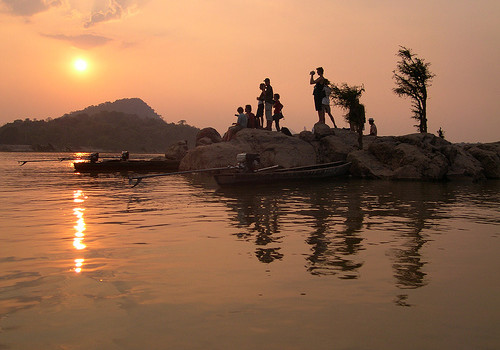6,000 rare Irrawaddy dolphins have been discovered in the freshwater of Bangladesh’s Sundarbans mangrove forest and the Bay of Bengal. Previously, the largest group of Irrawaddy dolphins were thought to be in the low hundreds. The recent discovery has prompted new guidelines for marine wildlife viewing in the Pacific Islands.

Last week, the first ever International Conference on Marine Mammal Protected Areas met. 200 delegates from 40 countries gathered in Maui representing a diversity of marine protected areas. Naomi McIntosh, Hawaiian Islands Humpback Whale National Marine Sanctuary superintendent, described the event:
An immediate outcome from this conference is the recognition that managers of marine mammal protected areas have more in common than we realized. There are more than 500 existing or proposed Marine Protected Areas for marine mammals in some 90 countries, yet this is the first dedicated gathering of marine mammal and MPA experts and practitioners.
Irrawaddy dolphins are unique in that they fish cooperatively with humans. These rare dolphins actually herd schools of fish towards fishing boats. The dolphins then prey on cornered fish; however, they are becoming increasingly threatened by entanglement in fishing nets. The Wildlife Conservation Society is working to expand and establish protection areas in the Sundarbans mangrove forest.
The new guidelines for whale and dolphin viewing are designed to minimize the potential impacts of tourism activities on the marine animals and their environment. Olive Andrews of the International Fund for Animal Welfare explains:
The Pacific Islands region offers visitors a unique cultural nature tourism experience with endangered whales in their breeding grounds. It is vital that governments and industry ensure the protection of the animals that are attracting increased prosperity to many countries in the region…Safe, responsible whale watching that minimises disturbance to the animals is best for the whales, best for tourists and best for the community.
Whale watching brings in $21 million dollars a year to Pacific Islands, and this number is growing 45 percent a year.

You must be logged in to post a comment.